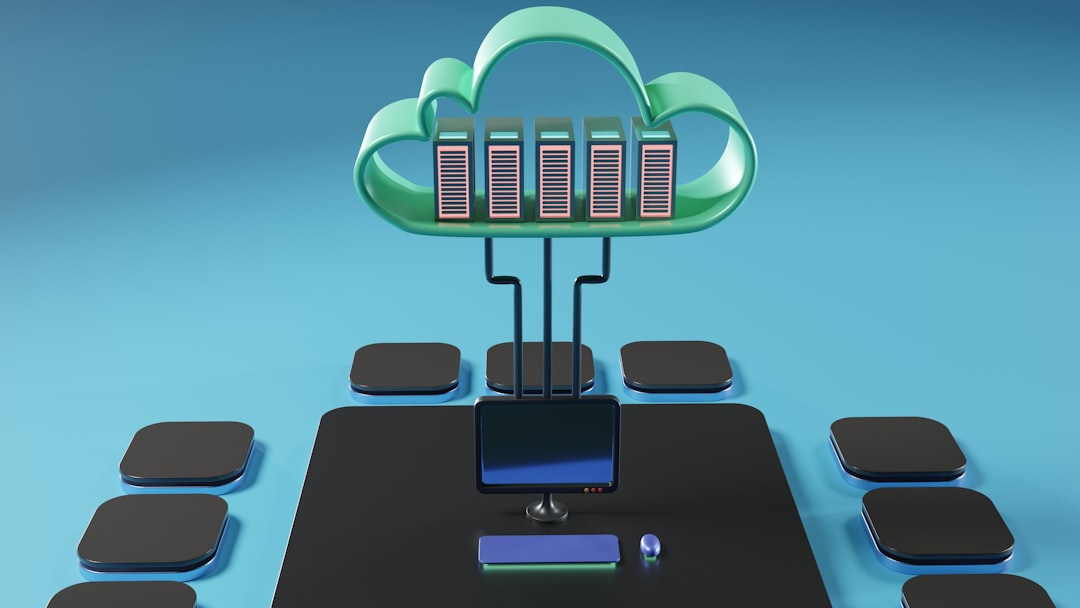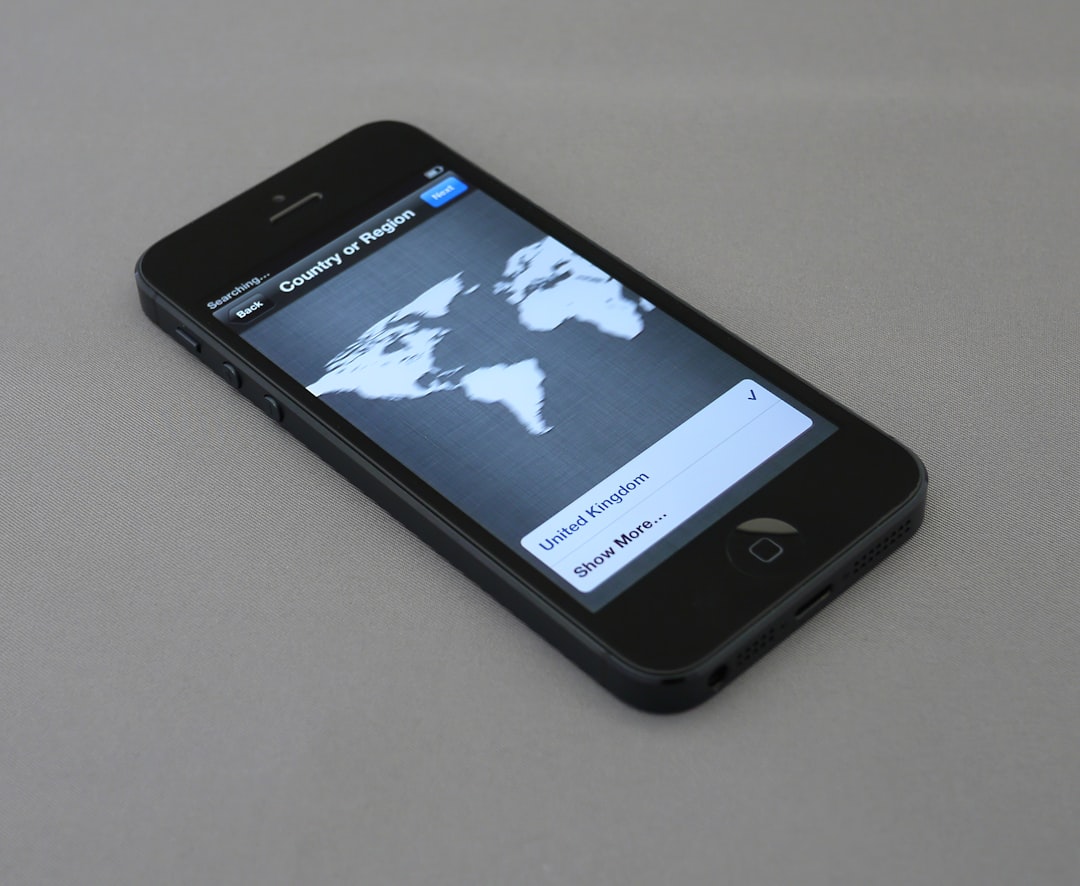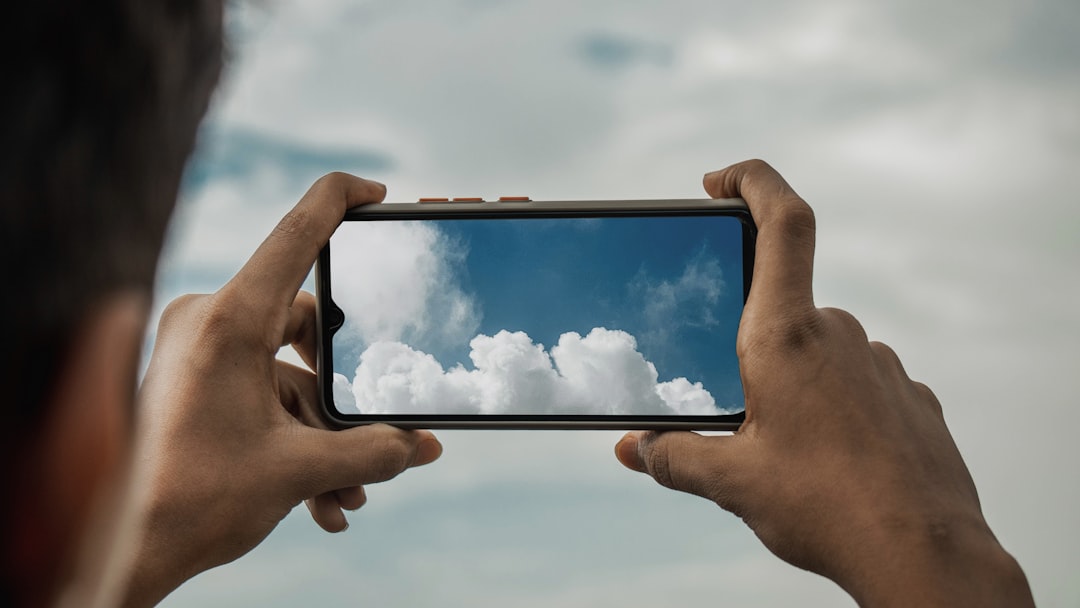In today’s digital age, our most cherished memories are often stored as photographs on our devices. From smartphone snapshots to professional camera shots, the need to preserve these digital keepsakes has never been greater. That’s where cloud photo backup services come in. Among the most popular are Backblaze, iCloud, and Google One. Each offers unique strengths tailored to different user preferences and ecosystems. Whether you’re looking for seamless integration, generous storage, or brute-force backup capabilities, it’s important to understand which service matches your needs best.
Backblaze: Simple and Robust Cloud Backup
Backblaze has carved out a reputation as a comprehensive and affordable cloud backup solution. Designed more for full-system backup rather than pure photo storage, it nonetheless offers a powerful option for safeguarding your image library.
Key Features:
- Unlimited Data: Backblaze offers unlimited backup for one computer at a flat rate. This includes not just photos, but all types of files.
- Automatic Backups: Files are backed up automatically without needing manual uploads or file management.
- External Drive Support: Users can also back up external hard drives by connecting them periodically.
Where Backblaze stands out is in its set-it-and-forget-it approach. If you’re a photographer or a media professional needing constant, complete system backups, Backblaze is ideal.

Limitations:
- Not designed for real-time viewing or sharing of individual photos.
- Requires a subscription per individual device, which can scale in cost for multiple devices.
For users who want to backup their entire digital footprint, Backblaze is a powerful, cost-effective solution. But for casual users looking for convenience and mobile gallery access, other platforms may be a better fit.
iCloud: Seamless Integration for Apple Users
Apple’s iCloud is deeply integrated into the iOS and macOS ecosystem, making it an attractive choice for users with Apple devices. iCloud Photos offers a simple, user-friendly way to keep your photos synchronized across all Apple platforms.
Key Features:
- Automatic Syncing: Any photo you take on your iPhone is instantly uploaded and accessible on your other Apple devices.
- Shared Albums: Create shared albums to collaborate and share memories easily with friends and family.
- Optimized Storage: Local device storage is managed intelligently, storing full-quality images in the cloud and compressed versions locally when storage is tight.
iCloud starts with a free 5 GB account, though most users quickly find they need more. Plans range from 50 GB to 2 TB, catering to everything from the casual photographer to the digital media enthusiast.
Limitations:
- Limited free storage compared to competitors.
- Cross-platform compatibility is limited — best experience is confined to Apple products.
For Apple devotees, iCloud is a no-brainer. Its seamless integration, family sharing, and privacy features make it especially appealing. However, its limited cross-platform support makes it less ideal for diverse device households.

Google One: The Smart Choice for Android Users
Google One is the rebranded evolution of Google Drive storage and a common choice for Android and Google ecosystem users. Alongside Google Photos, it offers automatic syncing, smart search functionalities, and additional cloud benefits.
Key Features:
- Automatic Upload: Seamless photo and video backups from Android and web devices.
- Powerful Search and Organization: Google Photos uses advanced AI to categorize by faces, places, and objects.
- Shared Storage: Google One plans offer unified storage across Photos, Drive, and Gmail, with plans supporting shared access among family members.
Google One starts users with 15 GB of free storage — 3x that of iCloud — and offers flexible plans up to 2 TB or more. Meanwhile, Google Photos continues to evolve with features like Magic Eraser and advanced photo editing tools.
Limitations:
- Photos and videos uploaded in original quality count against your storage space, meaning larger libraries require paid plans.
- Some advanced features locked behind Google One membership tiers.
For Android users or those invested in Google’s suite of tools, Google One offers a modern combination of storage flexibility and search intelligence. Its superior photo management capabilities remain unmatched by most competitors.

Pricing Comparison
| Service | Free Storage | Paid Plans | Unique Benefits |
|---|---|---|---|
| Backblaze | N/A | $7/month per device (unlimited backup) | Full system backup, external drive support |
| iCloud | 5 GB | 50 GB – $0.99/mo, 200 GB – $2.99/mo, 2 TB – $9.99/mo | Integration with Apple devices, Shared Albums |
| Google One | 15 GB | 100 GB – $1.99/mo, 200 GB – $2.99/mo, 2 TB – $9.99/mo | AI-powered photo search, cross-platform |
Which One is Right For You?
Choosing the best photo backup platform depends greatly on your ecosystem and storage needs. Here’s a quick breakdown:
- Backblaze: Ideal for professionals needing comprehensive, no-frills backup across their entire system. Great for those who prefer reliable background operations without manual uploads.
- iCloud: Perfect for Apple users looking for seamless integration between iPhone, iPad, and Mac. Great for families wanting easy sharing and synchronization across all Apple devices.
- Google One: A smart option for Android users or anyone relying heavily on Google platforms. Well-suited for those wanting intelligent photo management and more generous free storage.
Conclusion
Photo backup is more than just a convenience — it’s a safeguard for your most precious digital memories. While each of the three services offers powerful features, the best choice ultimately depends on how you interact with your devices and ecosystem.
Whether you’re backing up an archive of DSLR shoots, capturing everyday moments with a smartphone, or simply seeking peace of mind, investing in the right photo backup service today can save you from future frustrations tomorrow.
Frequently Asked Questions (FAQ)
- Can I use more than one photo backup service?
- Yes, you can use multiple services simultaneously. For example, many users store high-resolution images on Backblaze while using iCloud or Google One for everyday access and sharing.
- Is it safe to store personal photos in the cloud?
- Cloud providers use high-level encryption and security protocols. However, it’s always wise to use strong passwords and enable two-factor authentication for additional security.
- Do these services keep photo metadata such as location or timestamp?
- Yes, both iCloud and Google Photos preserve and often use metadata for organizing and searching photos. Backblaze also backs up metadata, as it replicates the entire file’s structure.
- Can I upgrade storage as my photo library grows?
- Absolutely. All three platforms offer scalable storage plans that can be easily upgraded as your needs change.
- Do these platforms support RAW files and videos too?
- Yes. Backblaze backs up all files types, while iCloud and Google One support RAW and various video formats based on your device configuration and plan.